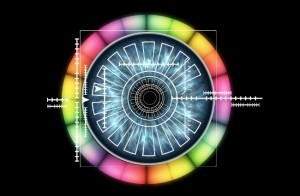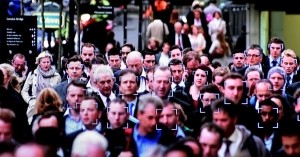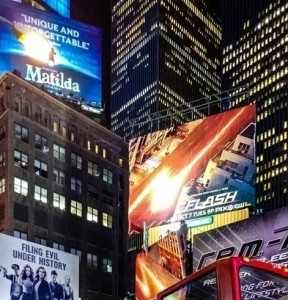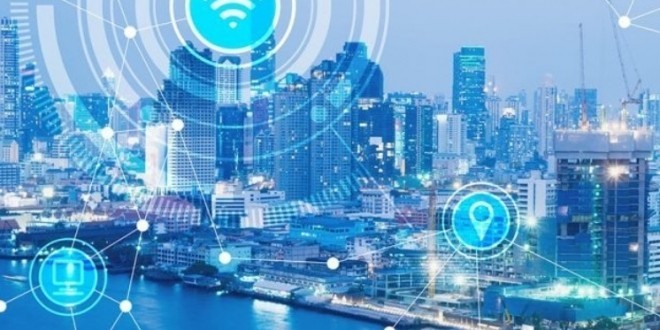In China, more than 580 million people made a payment with
their mobile phone last year and 68% used a mobile wallet for off-line
payments.
In many cases, this increasingly cashless society uses QR codes for purchases atlocations including noodle shops, fast food restaurants, electronics stores, street vendors and subway transportation.
Cashless payments are already everywhere in China.
Will that be cash or a smile?

Now in Shenzhen, the local subway operator is now testing facial recognition payments backed up by a high-speed 5G network and AI technology from Huawei.
Instead of a ticket or a mobile payment using a QR code, commuters scan their faces on a tablet at the entrance turnstile and the subway fare is paid via their linked payment account.
With up to 5 million riders daily, Shenzhen Metro could soon see commuters with a lot of smiles paying for their rides.
Other facial recognition applications
If you walk into some KFC restaurants in China, you can pay for your fried chicken using Alipay’s “Smile to Pay” facial recognition program. The technology has operated successfully since 2017.
Jack & Jones and Vero Moda, two brands owned by Danish fashion retailer Bestseller A/S, opened the first-ever cashier-free “smart fashion stores” in Shenzhen and Guangzhou.
In other experiments with artificial intelligence, Beijing and Shanghai use AI and facial recognition for traffic control and identifying traffic violators.

Gait recognition technology by Chinese AI company Watrix analyzes thousands of metrics about how a person walks, including body contour, angle of arm movements, foot position and other data.
Beijing is testing the AI technology to catch jaywalkers and fugitives at music concerts or enabling password-free payments. Watrix claims its facial recognition can reach 99% accuracy.

In another big brother-type experiment in Shenzhen, traffic police display photos of jaywalkers on large screens at major intersections. Somehow, I don’t think that would work in Times Square?
In the US, we may be lagging with mobile and other forms of cashless payments compared with China and other areas of SE Asia, but it’s inevitable. It’s just that, given our cultural differences, facial recognition payments may simply look quite different when they finally hit the mainstream in North America.

